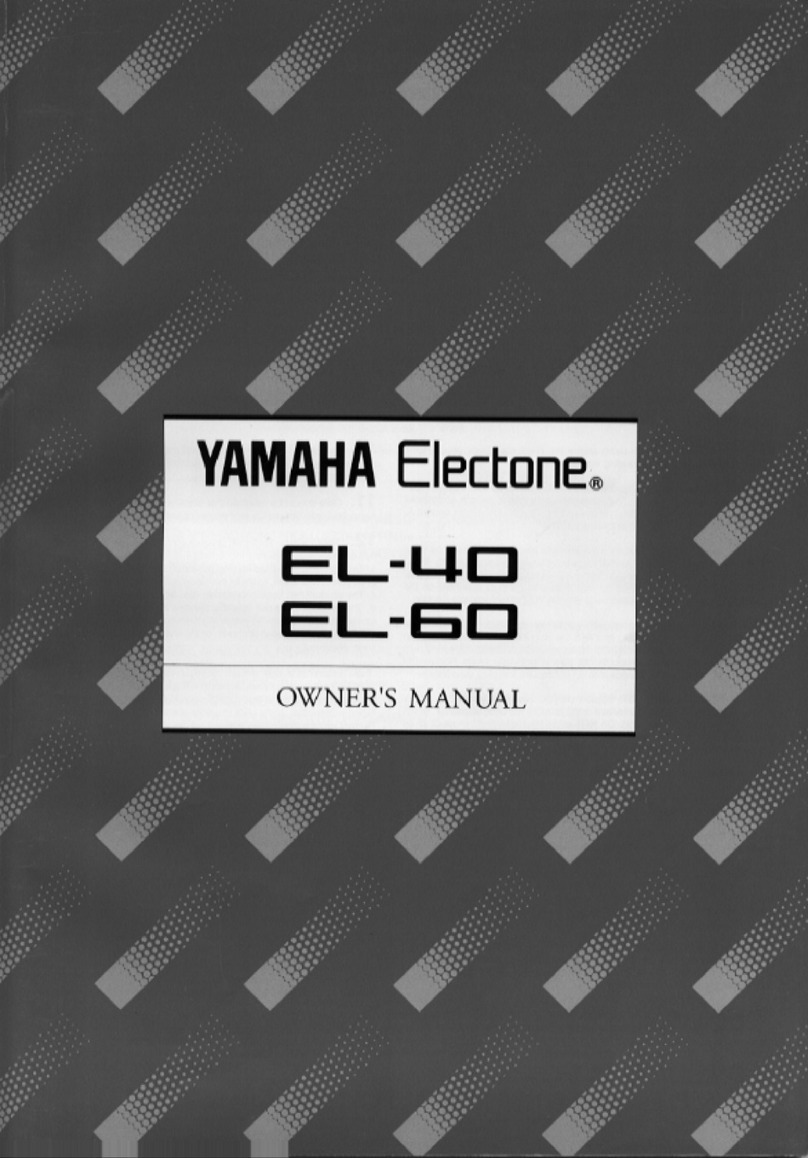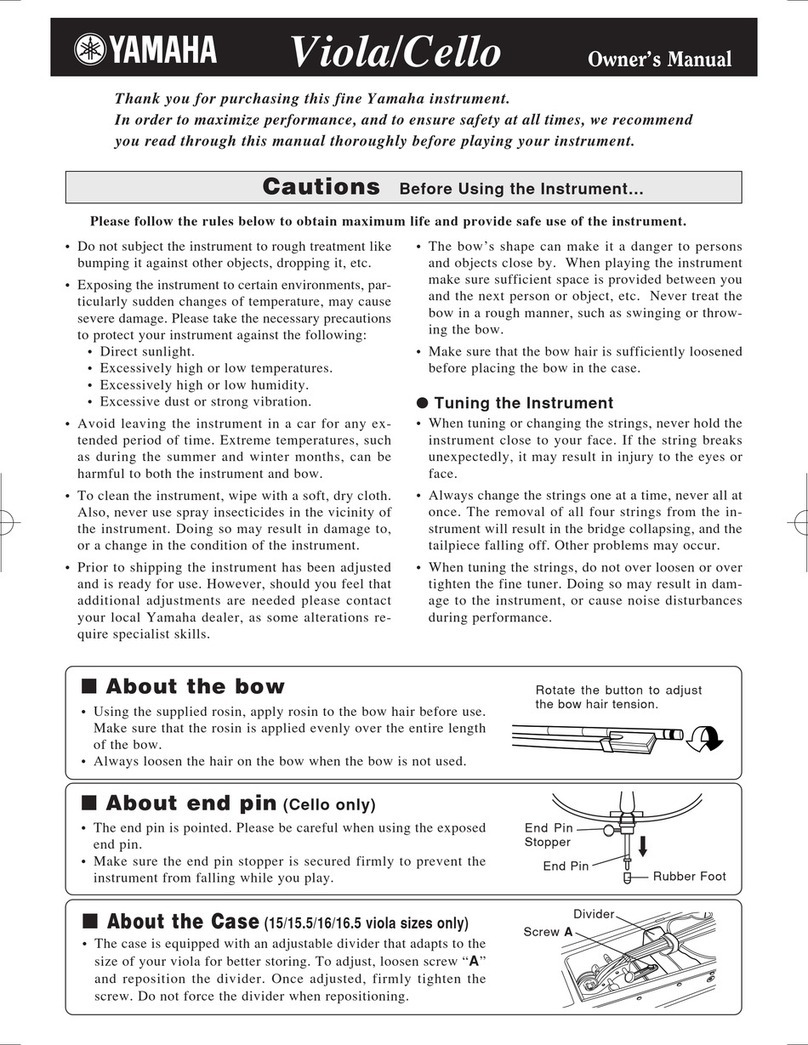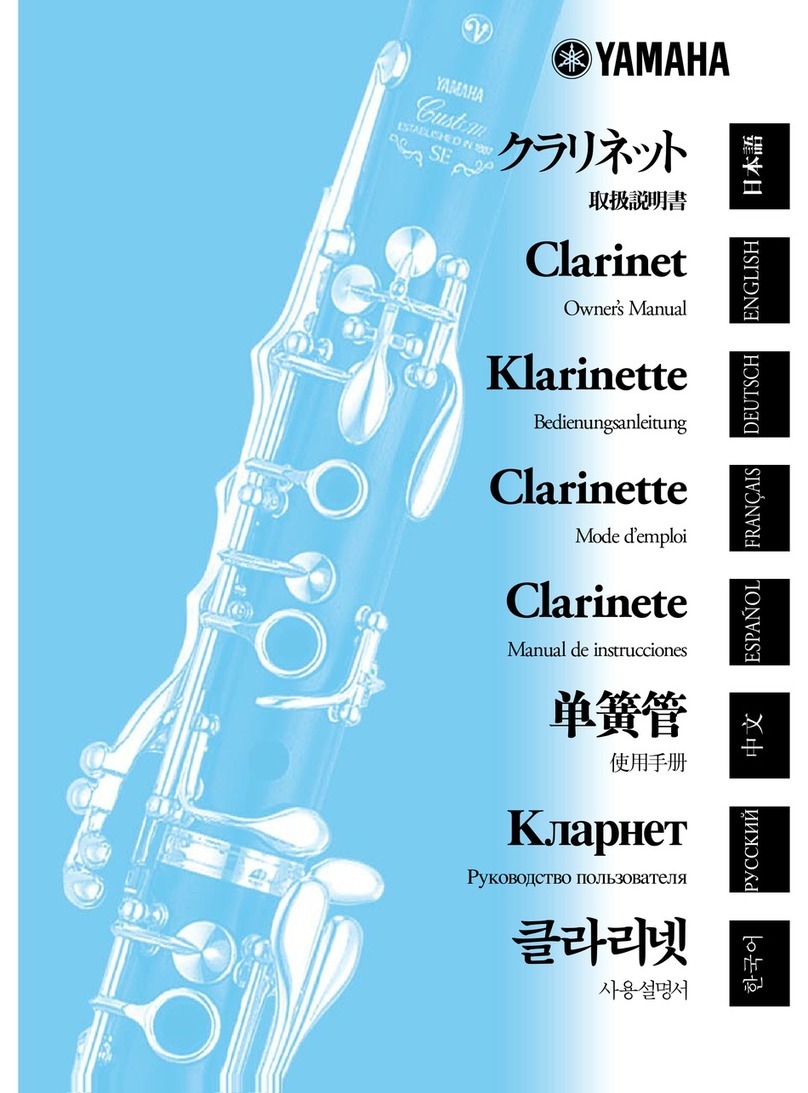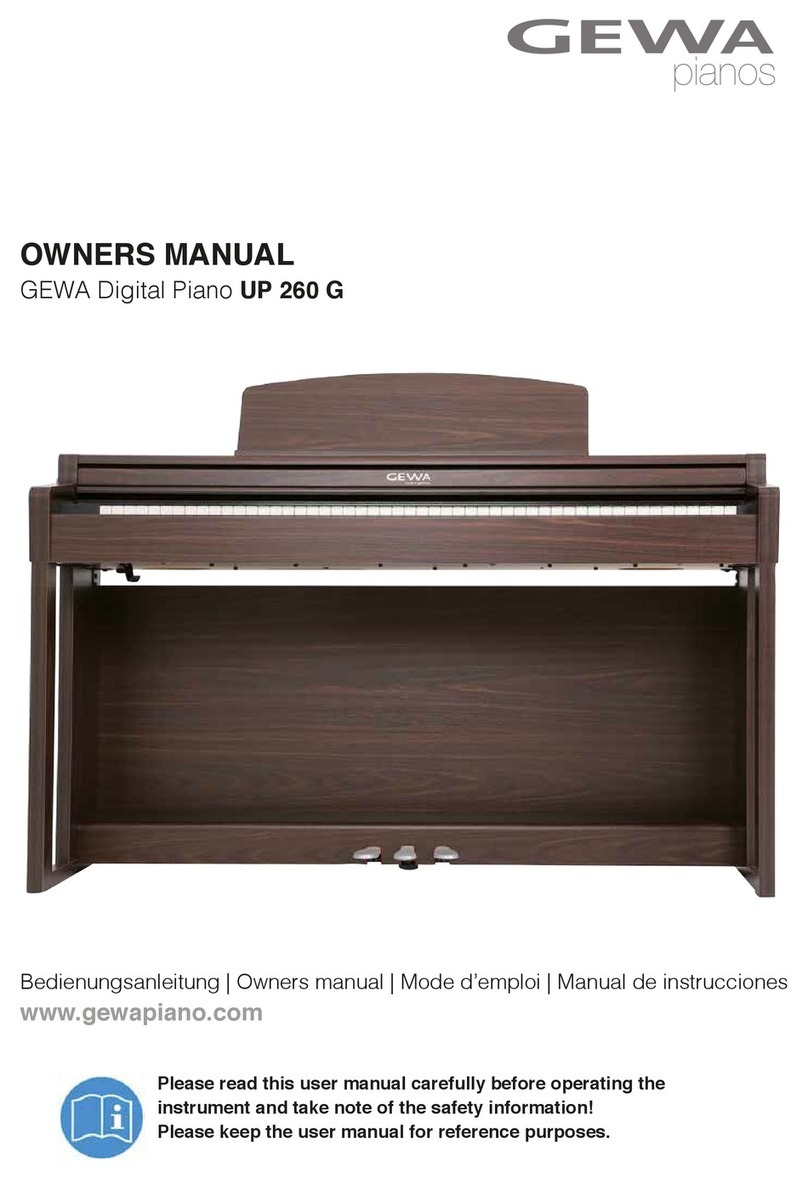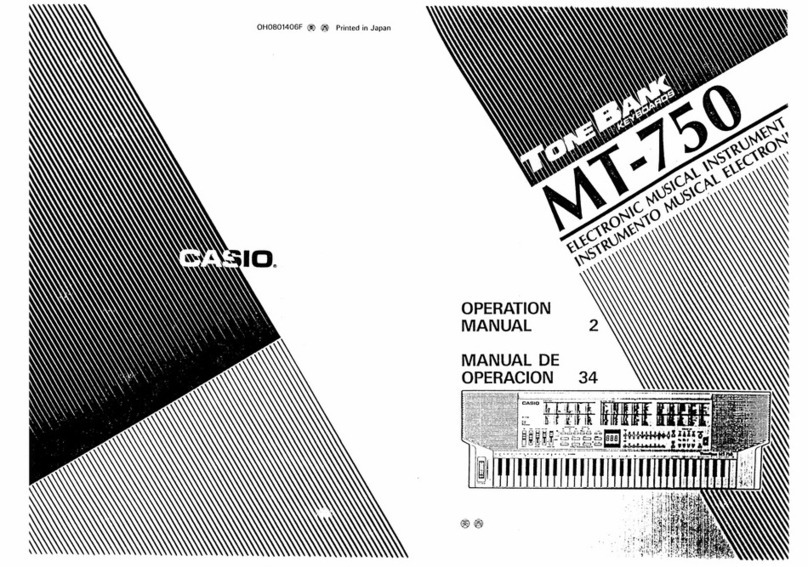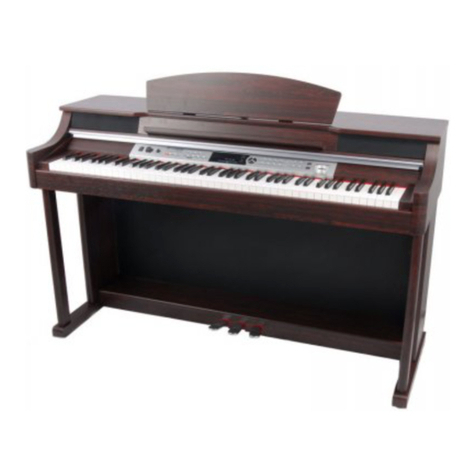Yamaha Electone E-5AR User manual
Other Yamaha Musical Instrument manuals
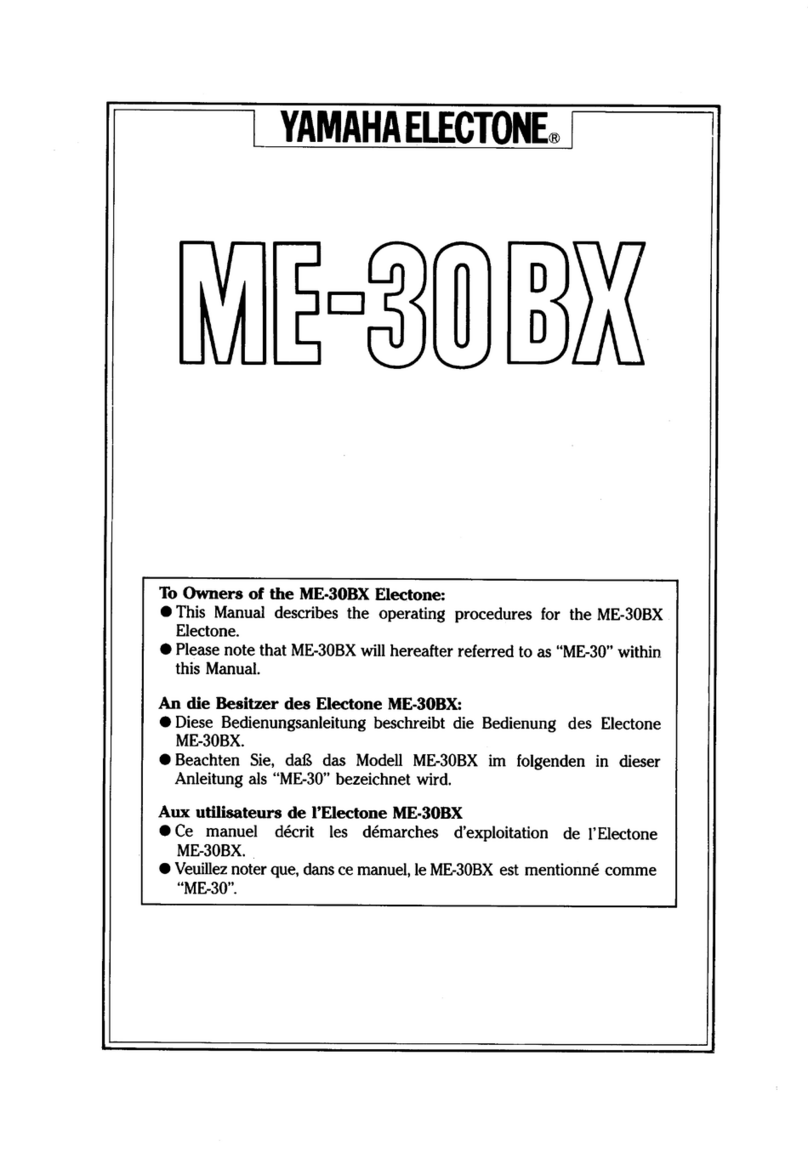
Yamaha
Yamaha Electone ME-30BX User manual
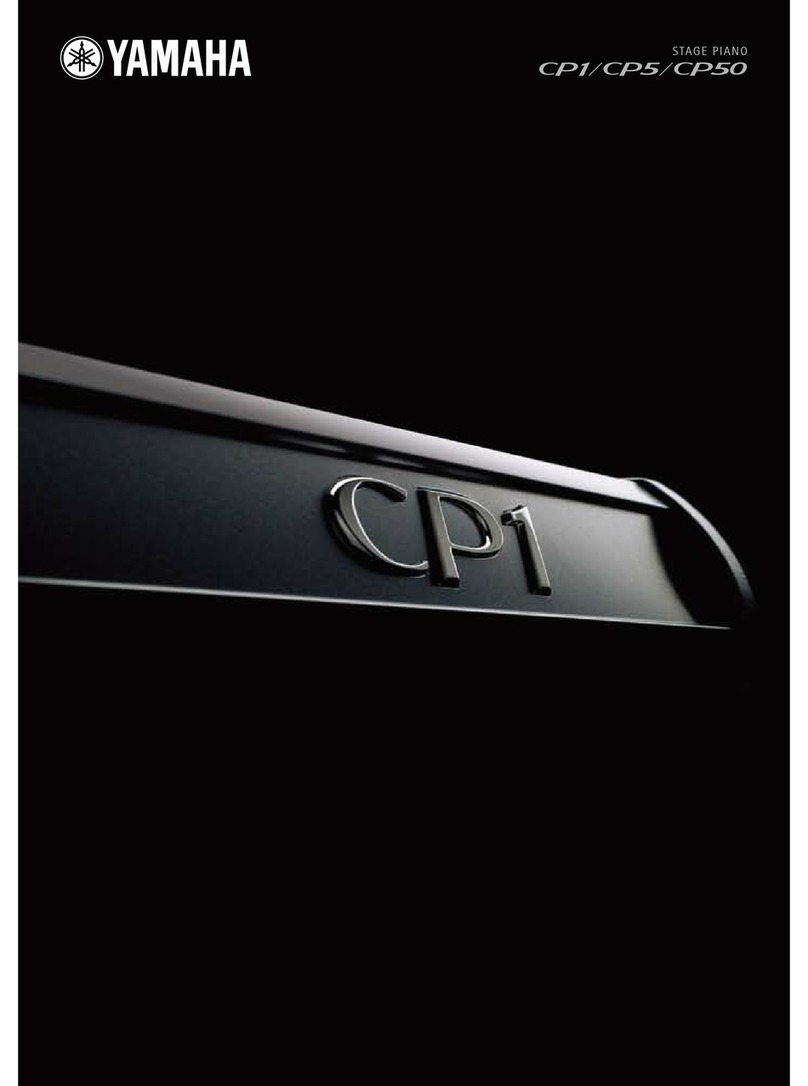
Yamaha
Yamaha CP1 User manual
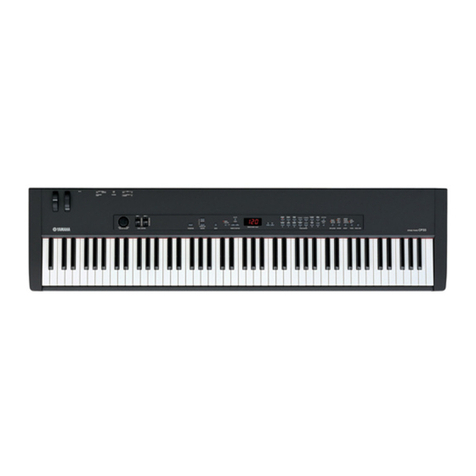
Yamaha
Yamaha CP33 Sibelius 5 User manual

Yamaha
Yamaha Electone D-2B User manual
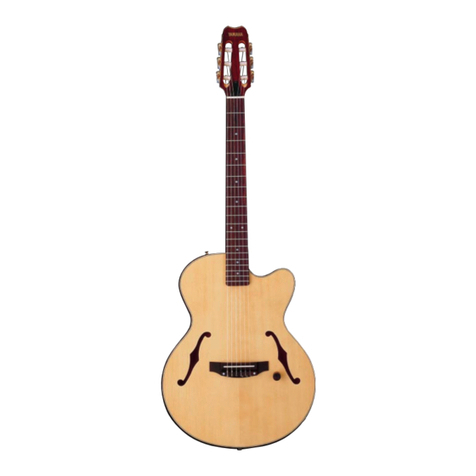
Yamaha
Yamaha AEX500N-2 User manual
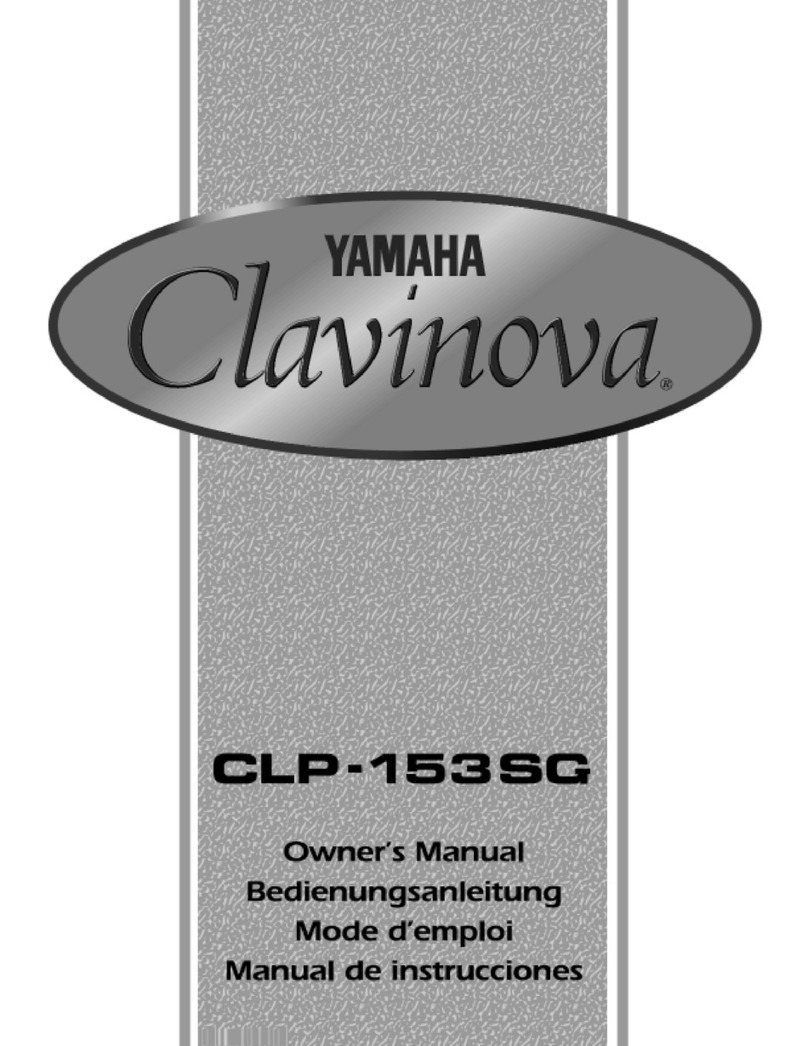
Yamaha
Yamaha Clavinova CLP-153SG Assembly instructions

Yamaha
Yamaha RGX520FZ Series User manual
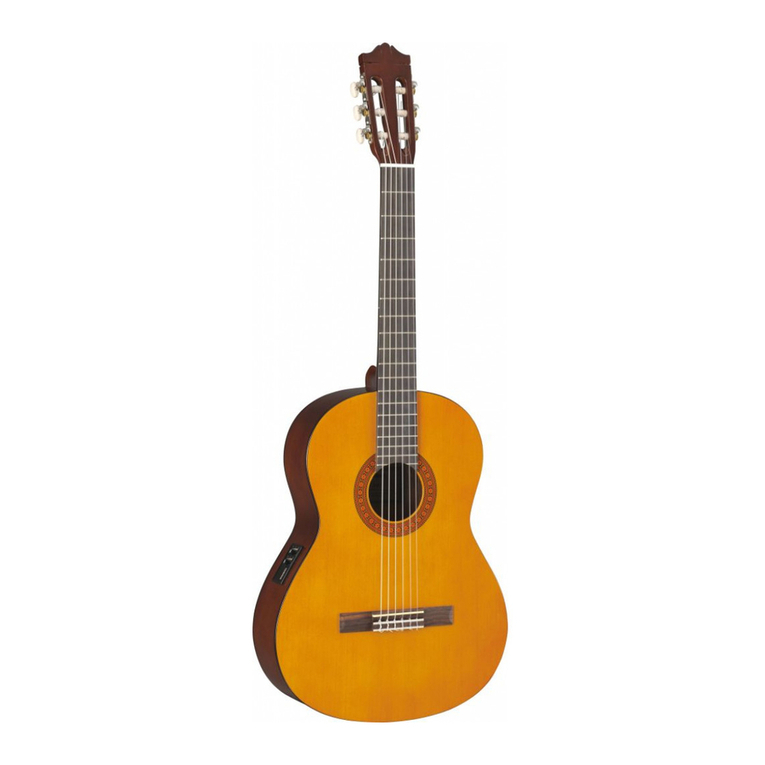
Yamaha
Yamaha SYSTEM-47 User manual

Yamaha
Yamaha Protatone PSR-6700 User manual
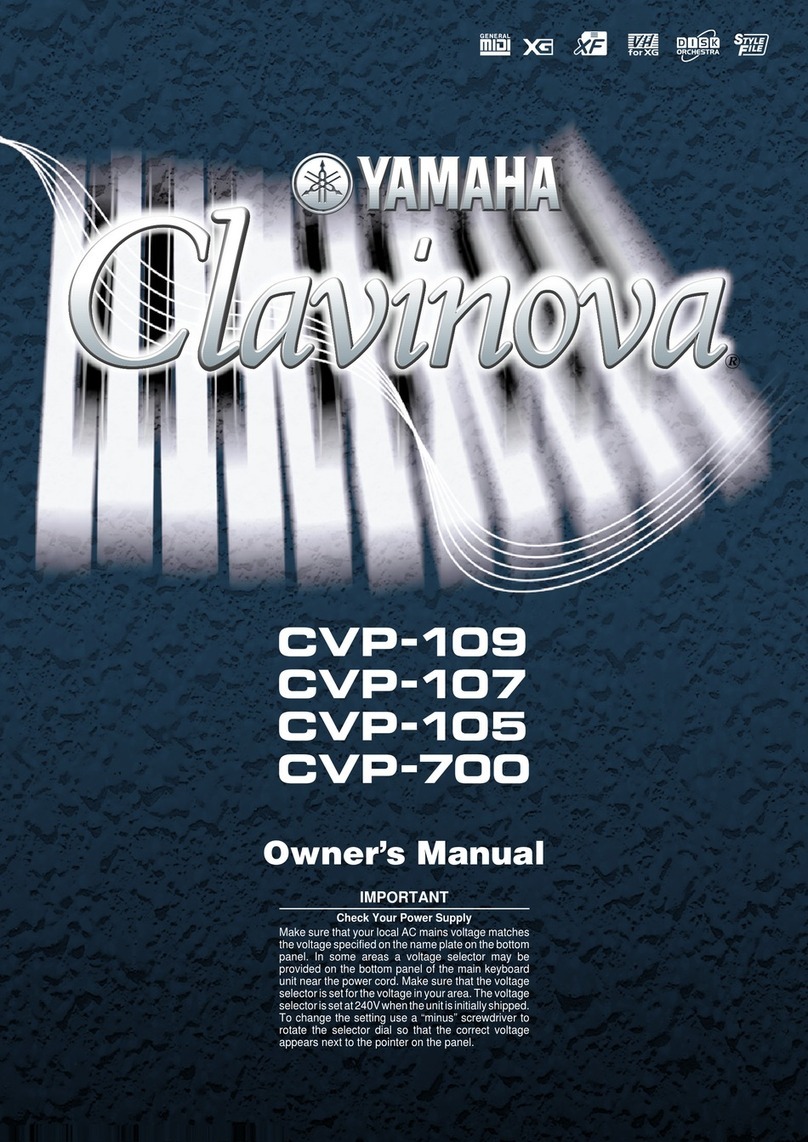
Yamaha
Yamaha Clavinova CVP-105 User manual
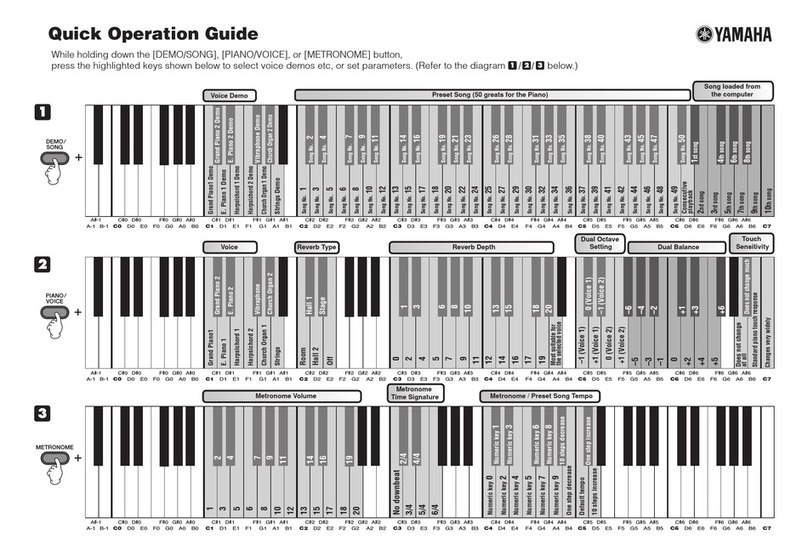
Yamaha
Yamaha Clavinova CLP-320 User guide
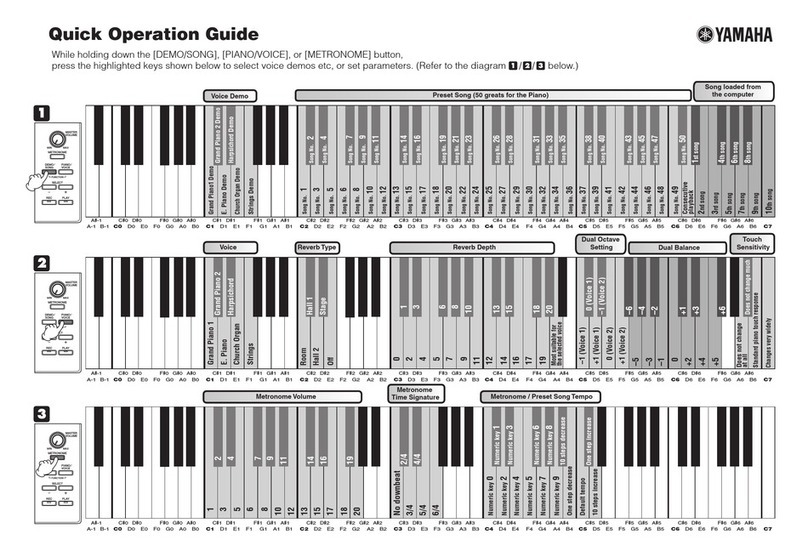
Yamaha
Yamaha YDP-S30 User guide
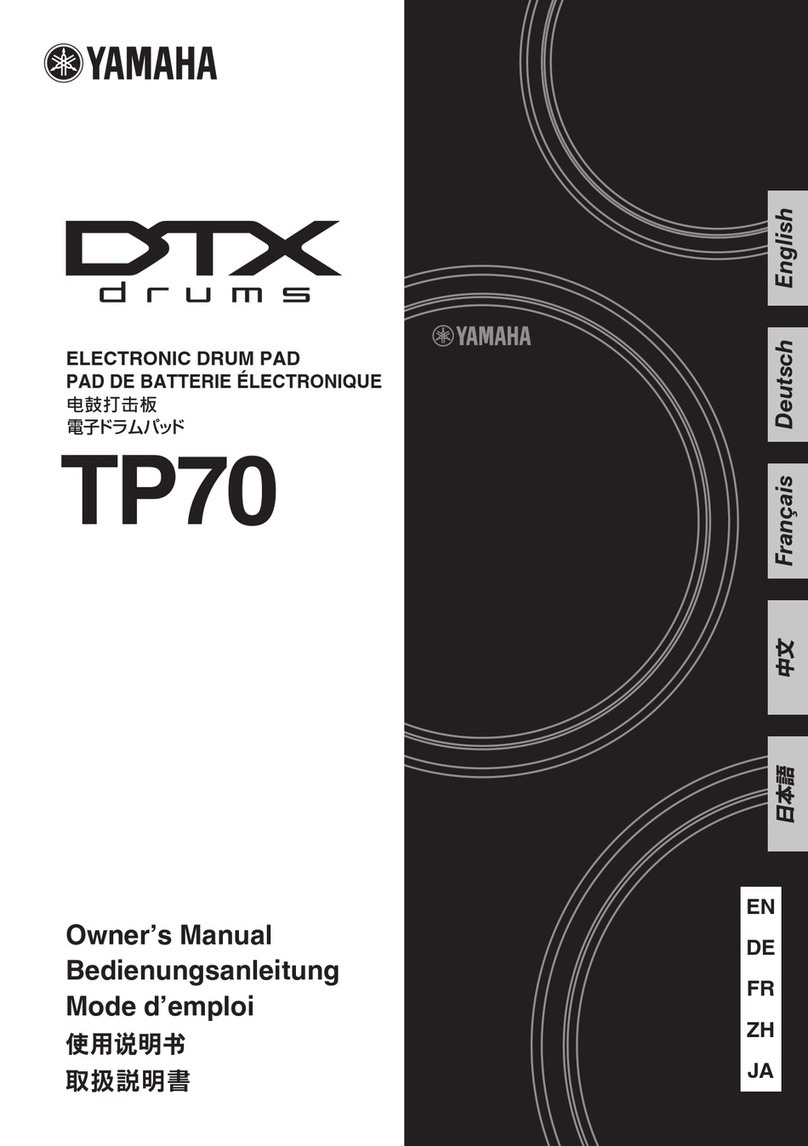
Yamaha
Yamaha TP70 User manual
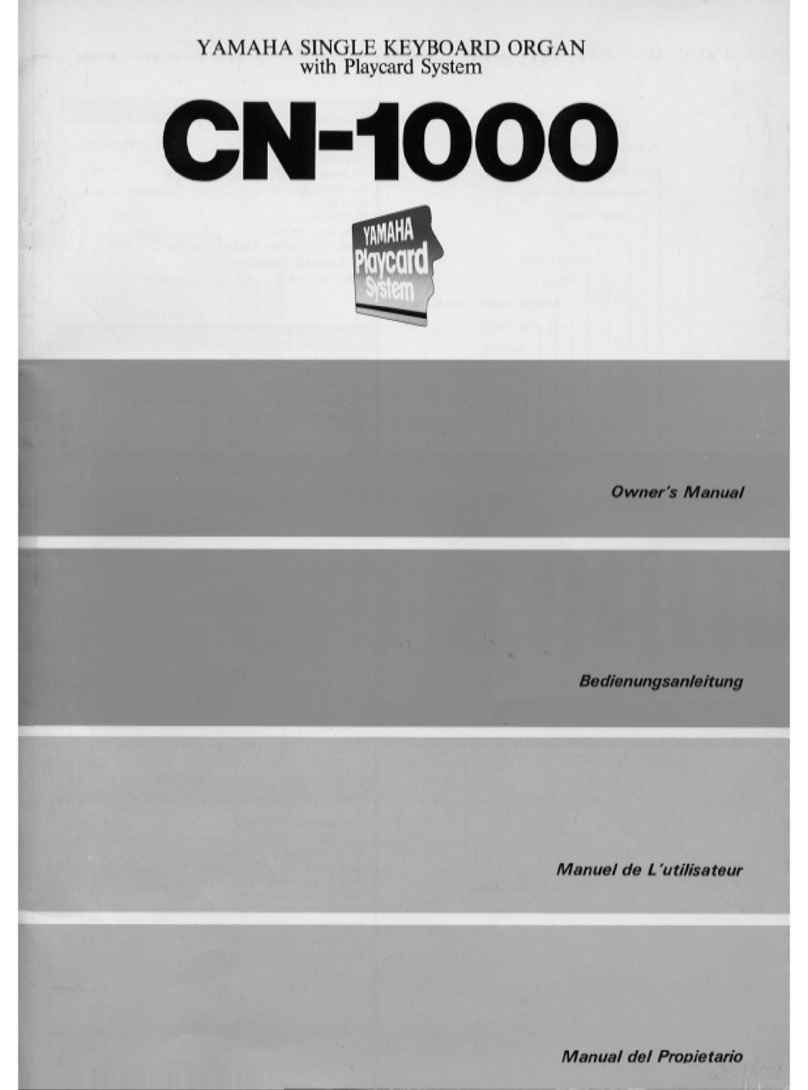
Yamaha
Yamaha CN-1000 User manual
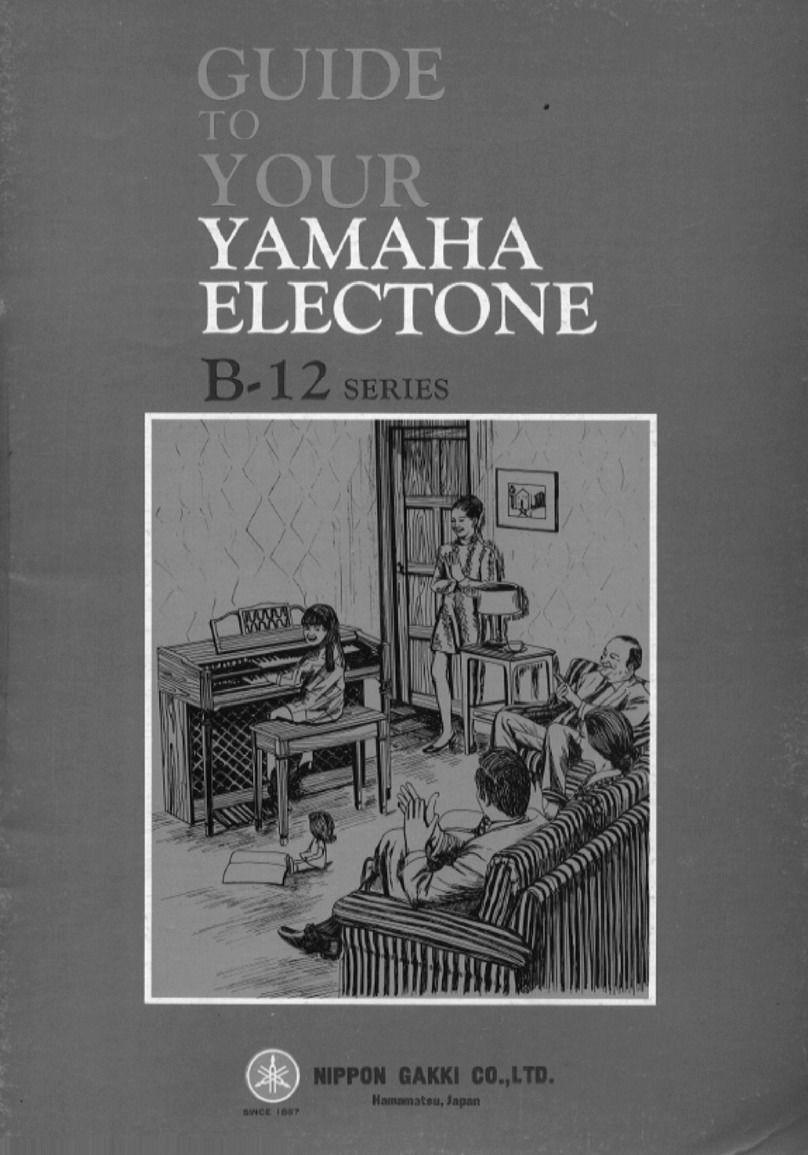
Yamaha
Yamaha B-12 User manual
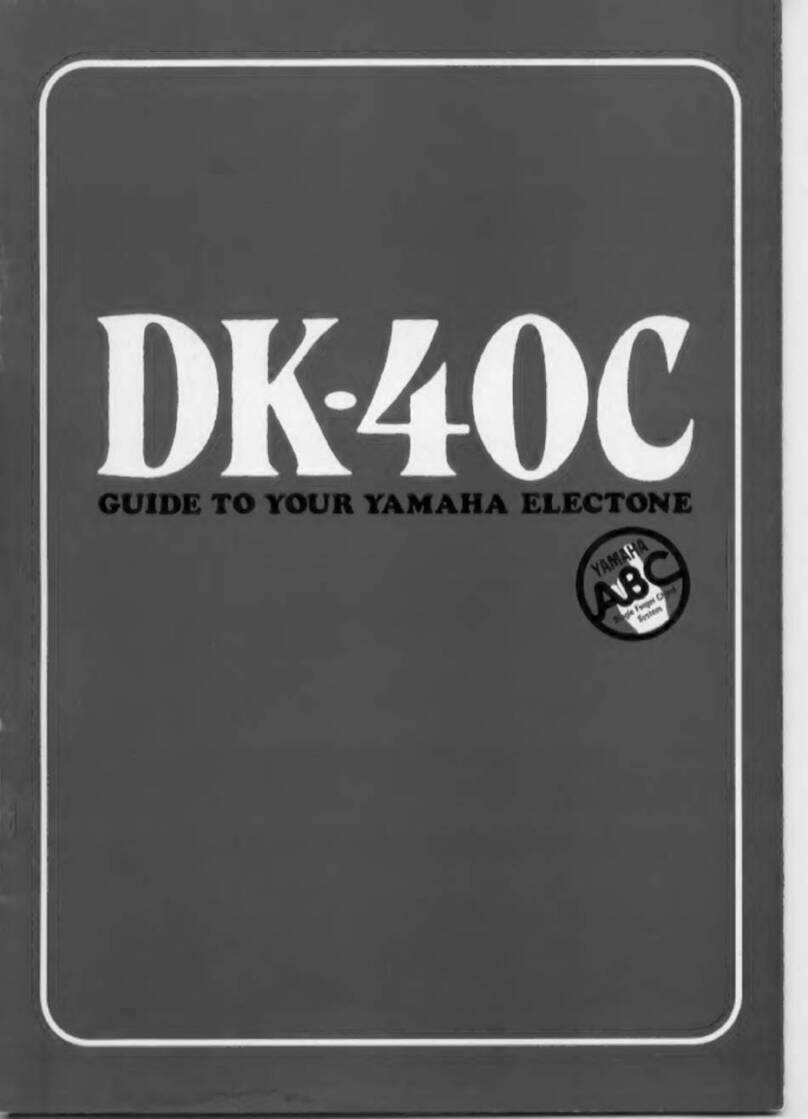
Yamaha
Yamaha Electone DK-40C User manual
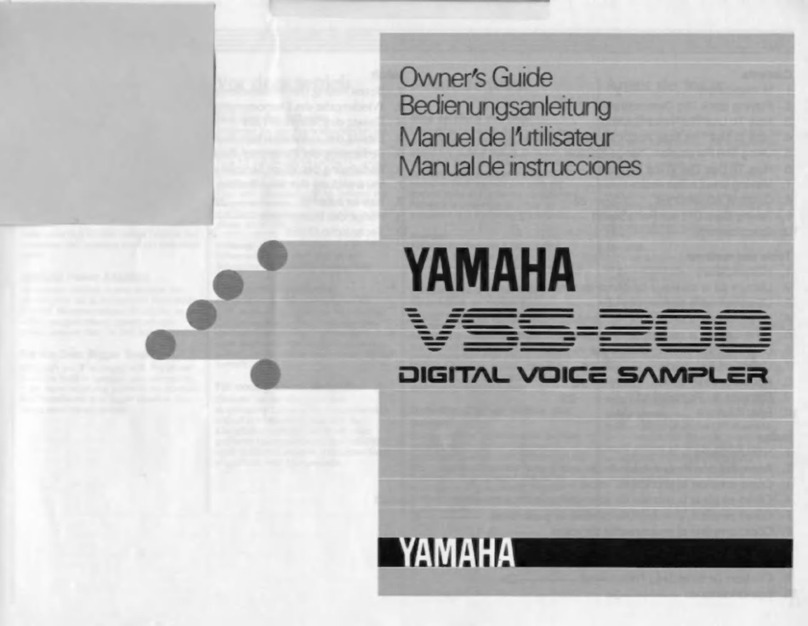
Yamaha
Yamaha VSS-200 User manual
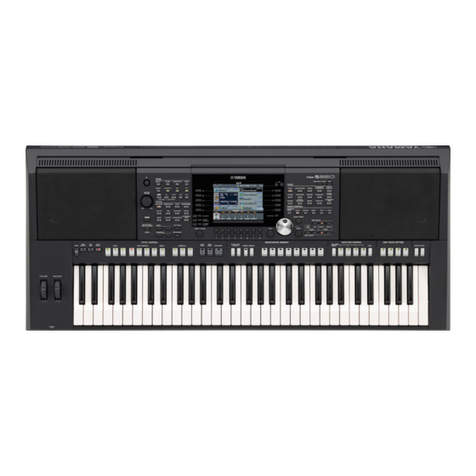
Yamaha
Yamaha PSR-S950 User manual
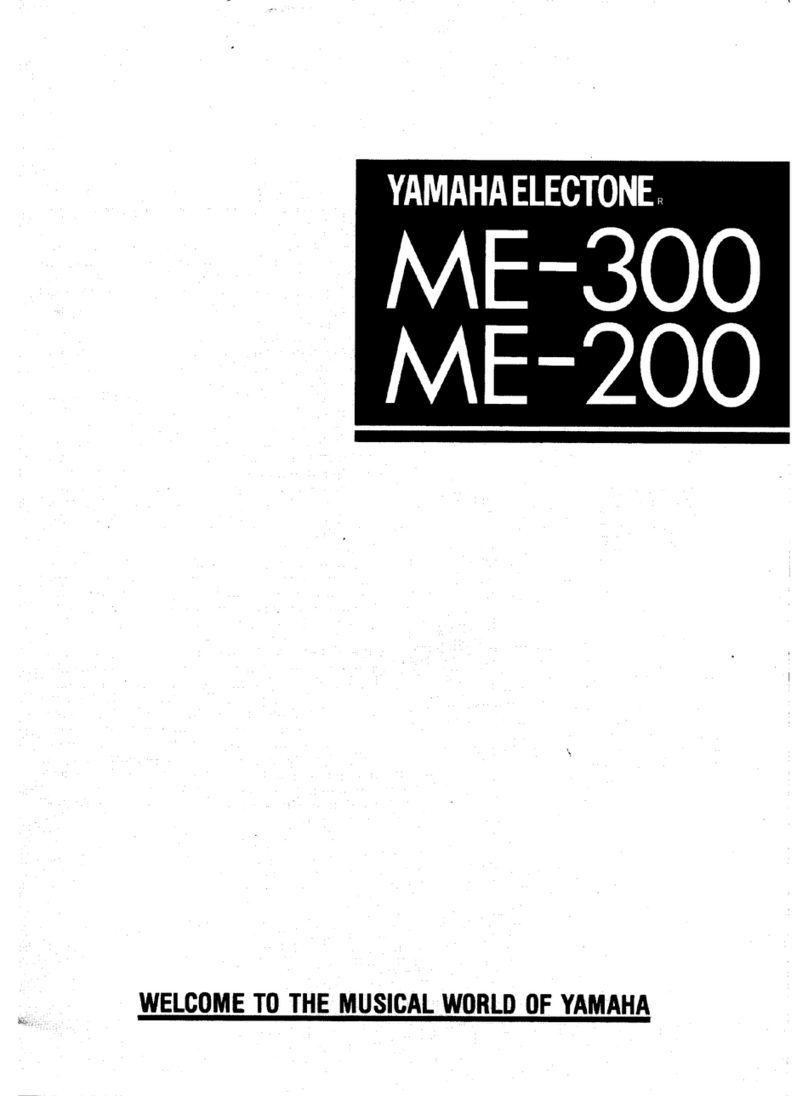
Yamaha
Yamaha Electone ME-300 User manual
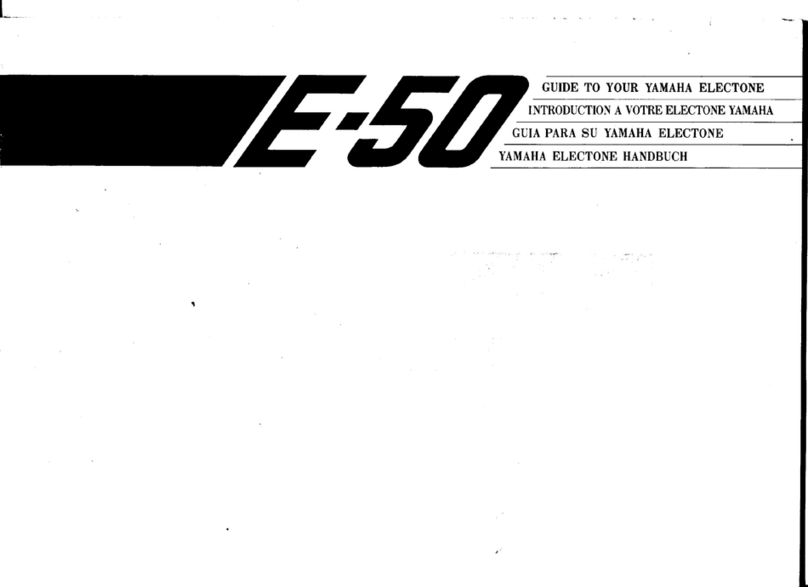
Yamaha
Yamaha Electone E-50 User manual
